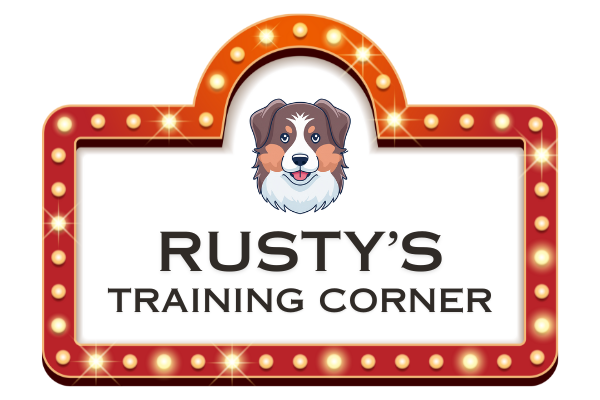- Majority of dog on dog attacks happen in a greeting…
- Never allow your dog to race to the face of an unknown dog, especially if they are all fired up (over excited). This will many times cause the other dog to respond aggressively…
- If fired up, stop a reasonable distance from the other dog and re-direct your dog by having them do a sit or down, followed by a “watch me”. This should help calm the dog down before meeting the other dog.
- Never let your dog greet an unknown dog at the end of an extended leash.
- Instead, shorten the leash so that the dog is directly in front of you, and insist the other dog meets in front of you as well.
- Allow the dogs to go nose to nose only at first. No butt sniffs on the first date…
- Watch for signs of aggression:
- Raised lips
- Growling
- Ears back
- Hackles raised
- Stiff body and/or tail
- Tail that slows and elevates, or lowers (fear mode)
- Eye Gaze (dog stares into eyes of the other dog)
- As soon as any of these signs present themselves, use your leg furthest from your dog to push them away from the other dog, putting your body between the two. Move quickly so that you also avoid being bit.
- First meeting with an unknown dog should be very brief and a nose to nose temperament test only. Walk away after a short visit, always turning toward your dog so as to put your body between the dogs.
- If all went well with the first visit, wait a few seconds and go back for another visit. This time you may be able to allow butt sniffs and a longer visit between the dogs.
- Be certain when exiting with your dog to always turn the direction of your dog and keep them in front of you, so that your body is between the two. This offers the maximum protection and avoids many unwanted attacks.
The advice and tips provided in this dog training blog post are based on general best practices and personal experiences. Please consult a professional dog trainer or veterinarian for specific issues or before starting any new training regimen with your dog.




